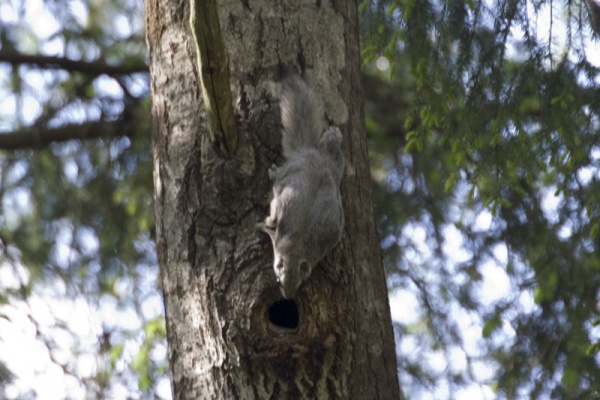Facts About Siberian flying squirrel
The Siberian flying squirrel is a remarkable and captivating species, notable for being the only flying squirrel native to Europe. Their habitat ranges from the Baltic Sea to the Pacific Coast. Regrettably, within the European Union, they are classified as vulnerable, with the majority of their population residing in Estonia, Finland, and Latvia.
Let's delve into their appearance. Female Siberian flying squirrels typically weigh about 150 grams, with males being slightly smaller. They have a body length of 13-20 cm and a flattened tail measuring 9-14 cm. Their large, black eyes and grey coat, adorned with a distinctive black stripe running from the neck to the forelimb, make them quite striking. One of their most fascinating features is their furry glide membrane, which enables them to effortlessly glide between trees.
Regarding their lifestyle, these squirrels have a varied diet that includes leaves, seeds, cones, nuts, berries, and occasionally bird eggs. They mate in early spring, and following a gestation period of approximately five weeks, they give birth to litters of two or three young. These juveniles can live up to around five years. Siberian flying squirrels thrive in old forests that offer a mix of coniferous and deciduous trees. They are predominantly nocturnal and remain active throughout the year, as they do not hibernate.
Culturally, the Siberian flying squirrel holds special significance in Finland, where it serves as the emblem of Nuuksio National Park. It is also featured on the logo of the Estonian Nature Fund. However, these squirrels face considerable threats, particularly in Finland, due to habitat fragmentation, climate change, and the decline of their boreal forest environments.

 North Korea
North Korea